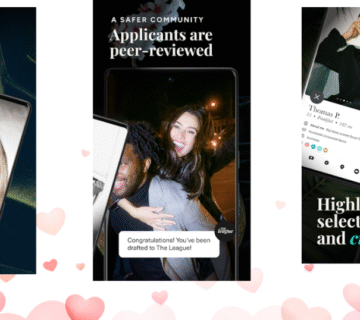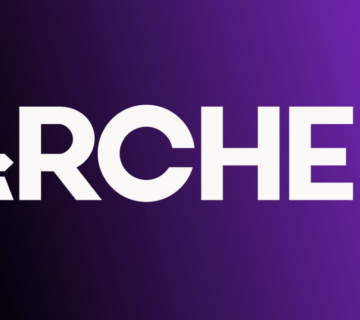sThe dating app industry continues to thrive, driven by evolving technologies, shifting social behaviors, and an ever-growing user base eager to connect online. For entrepreneurs and developers aiming to enter this competitive market in 2025, understanding the entire dating app development lifecycle—including essential features, development costs, and marketing strategies—is crucial.
This guide breaks down the key elements of dating app development, explores current trends and costs, and reveals how to leverage tools like business listings for growth and visibility.
Why Build a Dating App in 2025?
With more than 300 million active online dating users worldwide and revenues surpassing $7 billion, the online dating market presents enormous potential. Innovations like AI matchmaking, in-app video tools, and enhanced safety features keep users engaged and attract new demographics.
Success depends on providing personalized, safe, and enjoyable user experiences. Carefully planned app design and marketing are equally vital.
Step 1: Defining Your Niche and Audience
-
Identify your target market (e.g., single parents, LGBTQ+, seniors, casual daters).
-
Understand their pain points and preferences through survey and research.
-
Decide if your app will be broad or niche-focused—niche apps often gain higher engagement and loyalty.
Step 2: Planning Core Features
Essential Features Include
-
User Profiles: Photos, bios, interests, preferences.
-
Matching Algorithm: Location-based, AI-enhanced compatibility.
-
Messaging System: Secure, real-time text, voice, and video communications.
-
Geolocation Services: Matches based on proximity.
-
Push Notifications: Alerts for matches and messages.
-
Privacy & Security: Profile verification, reporting/blocking abusive users.
Advanced Differentiators (Optional but Recommended)
-
Video dating and live chat rooms.
-
Gamification elements like quizzes and swipe streaks.
-
AI-powered conversation starters and behavioral matchmaking.
Step 3: UI/UX Design
-
Focus on clean, simple navigation with an appealing, inclusive design.
-
Mobile-first approach with responsiveness across devices.
-
Accessibility features catering to all users, including those with disabilities.
Step 4: Technology Stack Selection
-
Frontend: React Native, Flutter, Swift (iOS), Kotlin (Android).
-
Backend: Node.js, Python (Django), or Ruby on Rails.
-
Database: PostgreSQL, MongoDB.
-
Cloud Hosting: AWS, Google Cloud, Microsoft Azure.
-
AI/ML Tools: TensorFlow, IBM Watson for matchmaking and moderation.
-
Real-Time Communication: WebRTC, Twilio, Agora.
Steps 5: Development and Testing
-
Agile development methodology with iterative builds.
-
Functional testing on multiple devices and platforms.
-
Usability testing with beta users for feedback.
-
Security audits to protect user data.
Estimating Development Costs (2025)
Costs vary by complexity, features, and region but generally:
-
Basic dating app: $40k – $70k
-
AI features and advanced communication: +$30k – $50k
-
Design and user testing: $10k – $20k
-
Ongoing maintenance: 15%-20% of development cost annually
Partnering with experienced app developers or agencies often optimizes costs and timelines.
Step 6: Launch, Marketing, and Business Listings
-
Publish on App Store and Google Play with App Store Optimization (ASO) techniques.
-
Promote through social media, influencer campaigns, and user referrals.
-
Crucially, claim and optimize your app’s listing on Google My Business for improved local and organic search visibility.
Google My Business listings:
-
Build trust with verified contact info and reviews.
-
Enhance local discoverability.
-
Allow direct communication via posts and messages.
Claim and optimize your listing at Google My Business to accelerate growth.
Importance of AI Tools in App Success
AI contributes to:
-
Smart matchmaking: Matching based on behavioral patterns and preferences.
-
Content moderation: Ensuring safe and respectful interactions.
-
User engagement: Personalized notifications and recommendations.
-
Profile optimization: Suggesting improvements for better visibility and attraction.
Combining AI with genuine human experiences ensures apps remain engaging yet safe.
Read More: A Comprehensive Guide to Dating App Development in 2025: Building the Future of Love
Conclusion
Developing a dating app in 2025 requires strategic market analysis, robust feature planning, smart technology choices, and proactive marketing—including business listing optimization. Thoughtful incorporation of AI enhances matchmaking and safety, driving user satisfaction and retention.
Leveraging powerful platforms like Google My Business amplifies your app’s online presence and user trust, positioning your venture strongly in a competitive market.







[…] guide provides an end-to-end overview of how to develop a dating app in 2025 and make it profitable while ensuring it ranks well with Google’s algorithms—especially […]